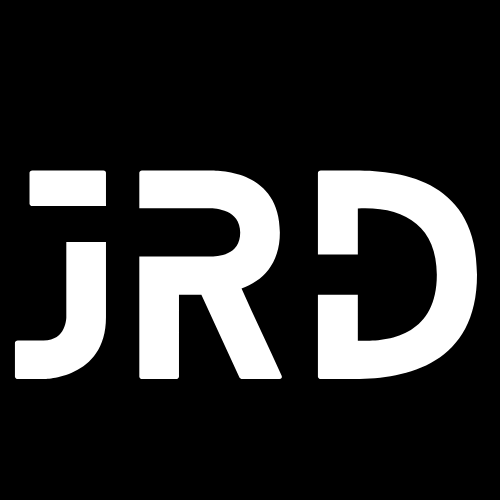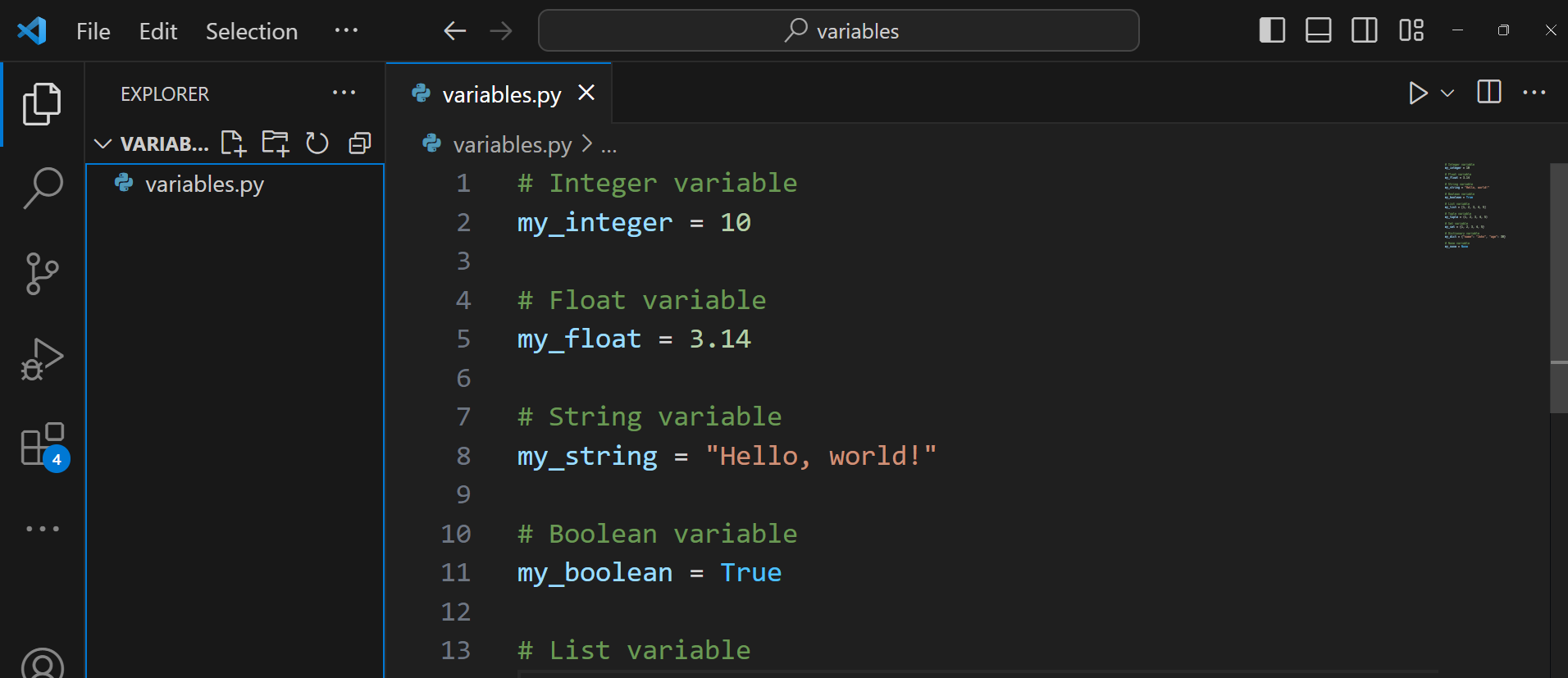Welcome to this short blog demonstrating Python variables. Variables are fundamental to all programming languages, and Python is no exception. They are used to store information that can be referenced and manipulated in a program. Let’s dive into how they work in Python with some examples.
Creating Variables in Python
In Python, a variable is created the moment you first assign a value to it. Unlike some other programming languages, Python has no command for declaring a variable. Here’s how you can create variables:
name = "Joche" age = 28 height = 1.75 programmer = True
In the above example, four variables are declared and assigned values. Now, let’s understand the type of each variable:
namevariable is a String type variable. Strings in Python are used to represent textual data.agevariable is an Integer type variable. Integer (or int) is used for representing whole numbers.heightis a Float type variable. Float (or floating point number) represents real numbers, a number with a fractional part.programmeris a Boolean type variable. Boolean types only have two possible values: True or False.
Variable Names
When you’re naming your variables in Python, you should keep a few rules and conventions in mind:
- Variable names can include letters, numbers, and underscores, but cannot start with a number.
- Variable names should be descriptive of the data they hold, though they should also be concise.
- Python is case-sensitive, which means
Name,NAME, andnameare three different variables. - Avoid using Python keywords (like
if,else,for, etc.) as variable names.
Dynamic Typing
Python is dynamically typed, which means you don’t have to declare the type of variable while creating it. This feature makes Python very flexible in assigning data types; it figures out the type of a variable based on the data it holds. However, this also means that a variable’s type can change if you reassign it to a different value or type:
x = 4 # x is of type int x = "Sally" # x is now of type str
Final Thoughts
Understanding variables is the first step toward mastering Python programming. They are the building blocks of any program and are used to hold the data your program manipulates. As you continue learning Python, you’ll see more examples of how variables can be used to store everything from user input to complex data structures.
Practice creating and using variables, and try changing their values. Experiment with different data types, and see what happens when you try to combine them. Remember, the best way to learn programming is by writing code, so don’t be afraid to make mistakes and learn from them.
Happy coding!


Leave a Reply